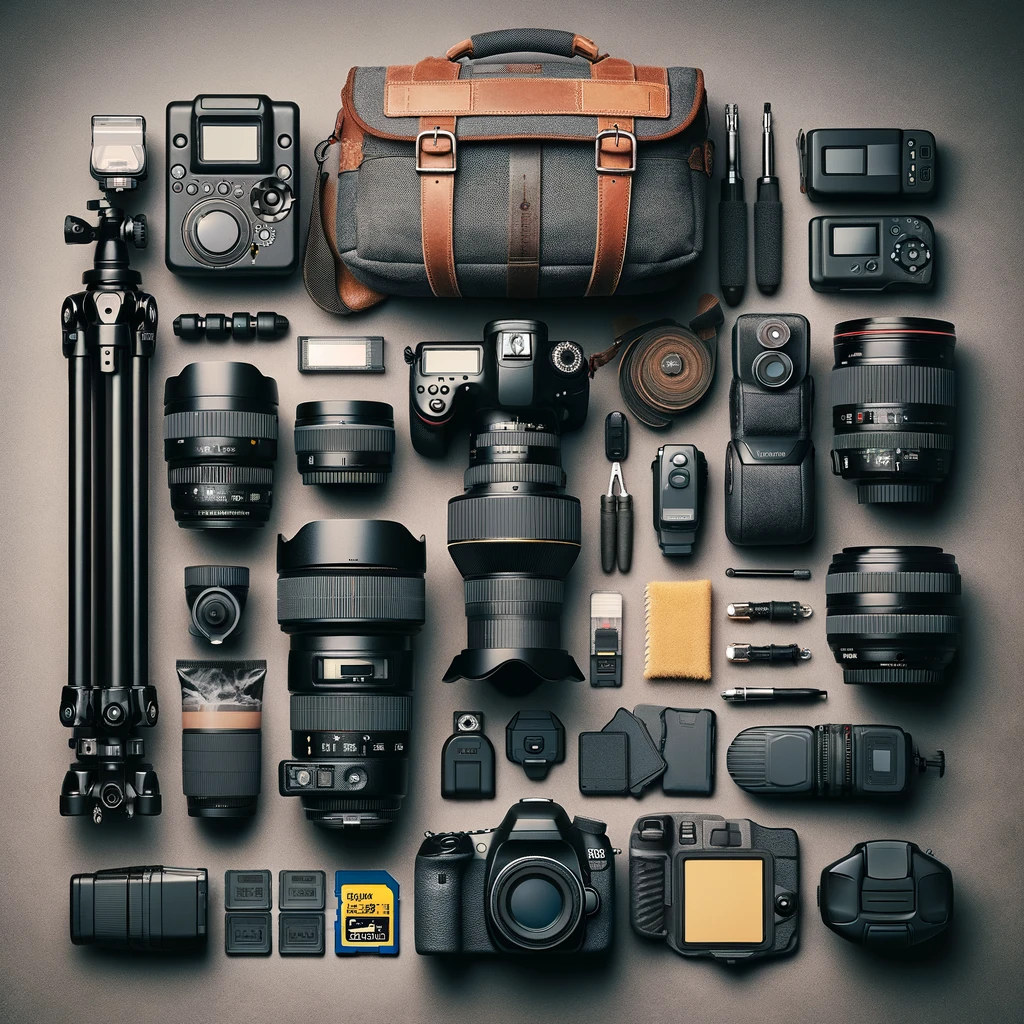When diving into the world of mobile photography, having the right gear can significantly enhance your experience and the quality of your photos. While modern smartphones come packed with impressive cameras, there are a few essential accessories that can help elevate your mobile photography game. Let’s explore some of these must-have tools!
First and foremost, consider investing in a sturdy tripod. A tripod provides stability and eliminates shaky hands, especially in low-light conditions or when capturing long exposures. Many tripods designed for mobile photography are compact and lightweight, making them easy to carry around. This stability allows you to experiment with various angles and compositions without worrying about blurriness.
Another great accessory for mobile photography is an external lens. Attachments like wide-angle, macro, or fisheye lenses can broaden your creative possibilities, helping you capture stunning landscapes or intricate details up close. These lenses are typically easy to mount on your smartphone and can dramatically expand your photography skills without the need for a bulky camera system.
Don't forget about lighting! Natural light is awesome, but sometimes it just isn't enough. A small portable light or a clip-on LED light can provide that essential boost when shooting in dim environments or when you want to achieve specific lighting effects. Good lighting can make a significant difference in the final look of your images, making this gear a worthy investment.
Finally, a reliable mobile photography app for editing your photos is just as crucial as the physical equipment. With a range of apps available, you can enhance your images with filters, adjust brightness and contrast, and even crop them to perfection. These tools allow you to put your personal touch on your shots and ensure that your beautiful mobile photography stands out!
Understanding Light for Stunning Shots
Understanding light is crucial in mobile photography, as it can make or break your shots. Natural light is your best friend when capturing stunning images. Early morning and late afternoon, often called the "golden hours," provide soft, warm light that minimizes harsh shadows and creates beautiful tones. This is the perfect time to take outdoor photos, as the sunlight enhances colors and brings out details in your subject.
When using artificial light, consider its direction and intensity. Overhead lighting can create unflattering shadows on your subject's face, while side lighting can add depth and texture. Experimenting with different angles can help you find the most flattering light for your photos. Don't hesitate to embrace shadow play; sometimes, shadows can add drama and interest to your mobile photography.
If you're shooting indoors, look for windows or well-lit areas. Position your subject near natural light sources to elevate your images. If the available light is too harsh, using a sheer curtain can help diffuse it, creating a softer effect. Remember, the key is to always observe the light and adapt your shooting style to make the most of it.
Lastly, don’t forget about the importance of exposure, which can dramatically change the look of your photos. Most mobile photography apps allow you to adjust the exposure settings. Play around with these settings in different lighting conditions to see what works best for your subject. By mastering light in mobile photography, you can elevate your images and create stunning visual stories.
Creative Composition Techniques to Try
When it comes to mobile photography, creative composition can elevate your images from ordinary to extraordinary. One technique you might want to explore is the rule of thirds. Imagine your screen divided into a 3x3 grid; by placing your subject along these grid lines or at their intersections, you create a more balanced and engaging photo. This simple trick can help draw the viewer's eye where you want it, enhancing the overall impact of your shot.
Another exciting technique to try is framing. Look for natural frames in your environment, like branches, windows, or doorways, to enclose your subject. This not only adds depth to your images but also focuses the viewer's attention on the focal point. Using framing can help create a sense of context, making your mobile photography more relatable and intriguing.
Don’t forget about perspective! Experimenting with different angles can lead to surprising results. Instead of always shooting from eye level, try crouching down or shooting from above. Changing your viewpoint can reveal details and compositions that might otherwise go unnoticed, making your mobile photography stand out even more.
Lastly, consider incorporating leading lines into your compositions. Look for roads, sidewalks, or pathways that guide the viewer’s eye toward your main subject. Leading lines create a sense of depth and can help establish a narrative in your images, making them not just photographs, but stories waiting to be told.
Quick Editing Tips for Perfect Photos
When it comes to mobile photography, editing can make a significant difference in the final look of your photos. Even simple adjustments can transform a good shot into a great one. Here are a few quick editing tips to help you perfect your images right from your smartphone.
First, don’t overlook the power of cropping. A well-composed photo can become even stronger by removing unnecessary elements from the edges. Focus on the main subject and eliminate distractions; this simple step can elevate your image dramatically. Most photo editing apps have a cropping tool, allowing you to adjust the framing easily.
Next, consider adjusting the exposure and contrast. Many mobile photography apps let you tweak these settings with just a few taps. Brightening up shadows and adding contrast can bring out details that might be lost in a dim shot. Play around with these settings until you achieve a balance that makes your image pop without losing its natural look.
Lastly, explore filters but use them sparingly. Filters can enhance colors and add creative flair to your mobile photography, but too much can overwhelm the photo. A subtle filter can increase vibrancy and make your image more appealing, so experiment to find one that enhances rather than detracts from your work.
